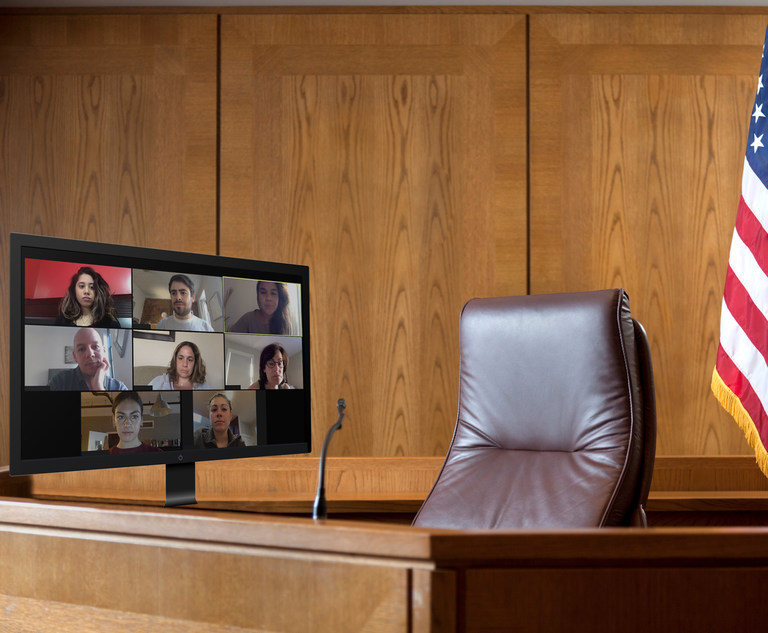Let’s start with the obvious—since the shift to remote work last year, companies have become more reliant than ever before on the latest collaboration tools rather than just email. One tool that rose to the top in early 2020 was Zoom. The video conferencing platform quickly became the go-to leader for workplace collaboration and employee connectivity across the globe, and even now, continues to see massive subscriber and usage growth.
As we come to terms with remote work as a permanent fixture for many organizations, what are the implications for legal professionals who must now be more diligent about managing their company’s Zoom data? With business conversations extending across video, audio, transcripts and chat, it will not be long before we see Zoom data appearing as evidence in court. Legal teams and CIOs need to think about how to preserve Zoom data proactively for litigation case assessments, discovery, and holds, as well as investigations and regulatory actions.
The Challenges of Collecting and Managing Zoom Data
This content has been archived. It is available through our partners, LexisNexis® and Bloomberg Law.
To view this content, please continue to their sites.
Not a Lexis Subscriber?
Subscribe Now
Not a Bloomberg Law Subscriber?
Subscribe Now
LexisNexis® and Bloomberg Law are third party online distributors of the broad collection of current and archived versions of ALM's legal news publications. LexisNexis® and Bloomberg Law customers are able to access and use ALM's content, including content from the National Law Journal, The American Lawyer, Legaltech News, The New York Law Journal, and Corporate Counsel, as well as other sources of legal information.
For questions call 1-877-256-2472 or contact us at [email protected]


 (Photo: Jason Doiy/ALM)
(Photo: Jason Doiy/ALM)




